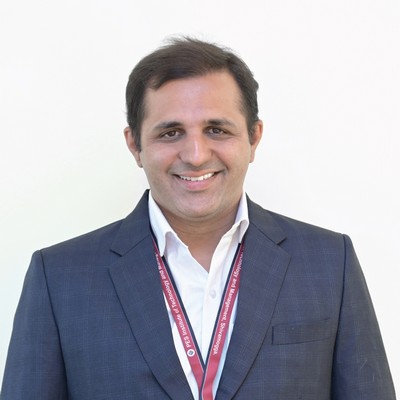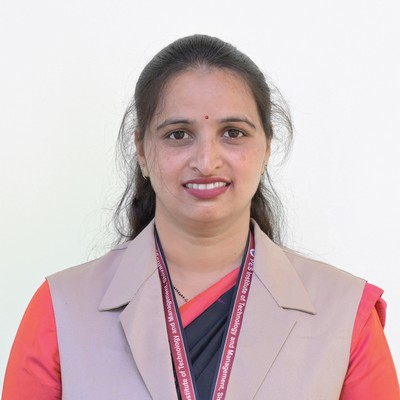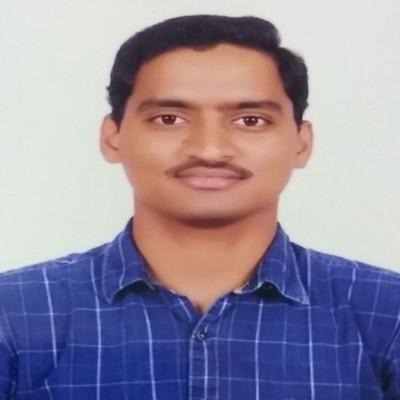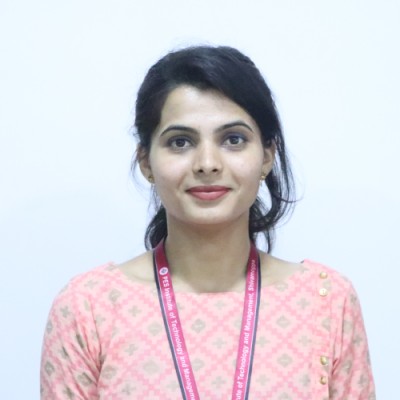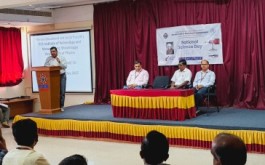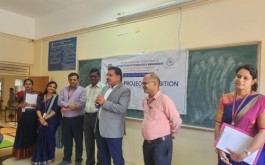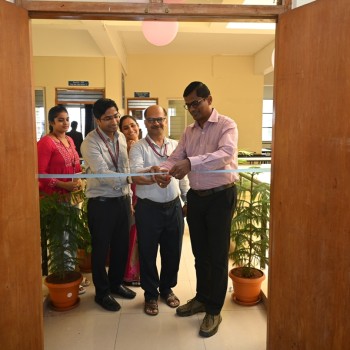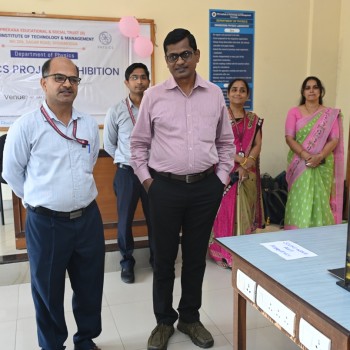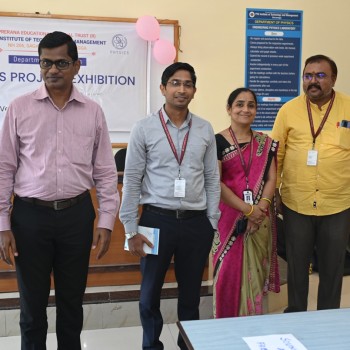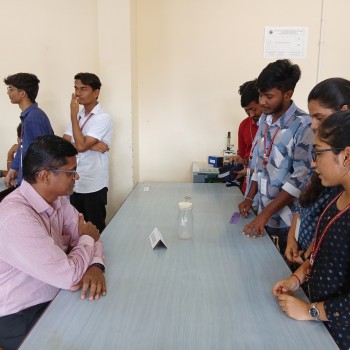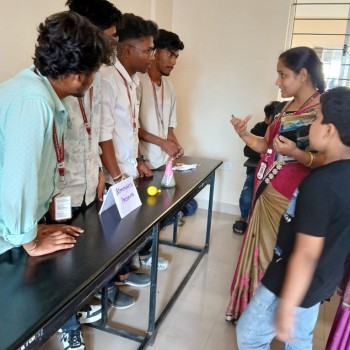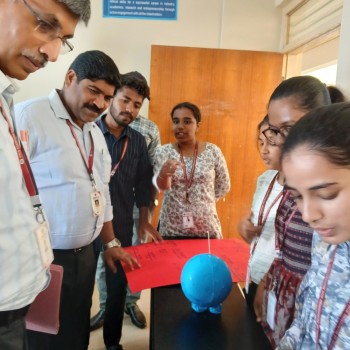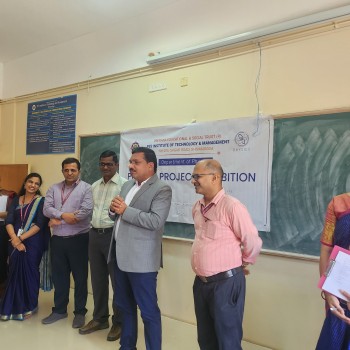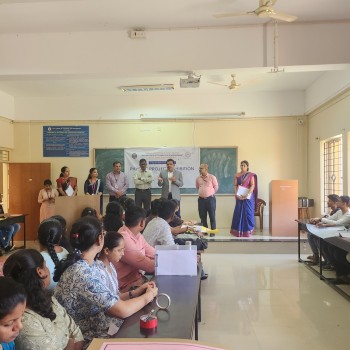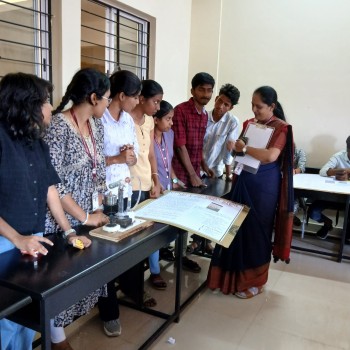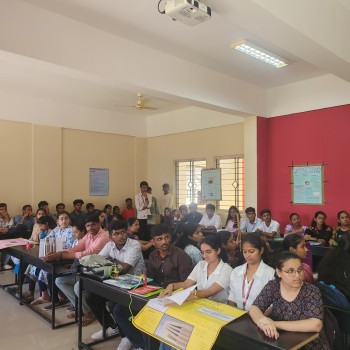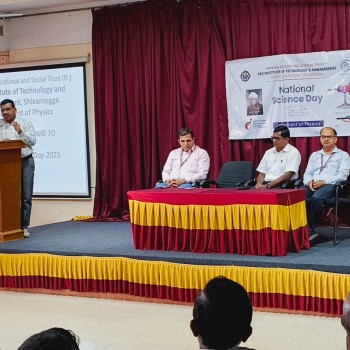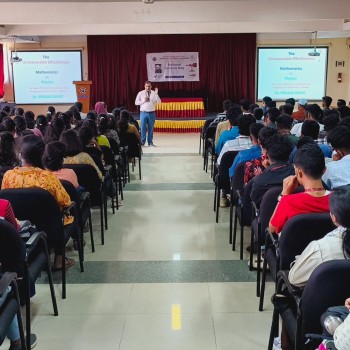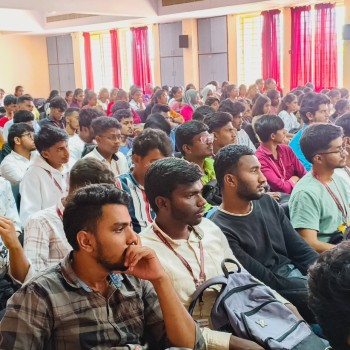The Department of Physics highlights the vision of quality education in Physics and helps students understand the Physics principles behind the Engineering applications. We teach Applied Physics (both Theory and Practicals) to 4 engineering streams (EE, CS, ME and CV) students. The Department of Physics also has a well-equipped lab with dedicated and motivated faculty members. The Department of Physics came into existence in June 2007. The Department of Physics has been recognized as a Research Centre in the field of Nanomaterial studies, Radiation, and Ultrafine particles under VTU since 2011.

Applied Physics FOR CSE STREAM(BPHYS102/202)
- Describe the principles of LASERS and Optical fibers and their relevant applications.
- Discuss the basic principles of Quantum Mechanics .
- Comprehend the applications in Quantum Computing.
- Understand the importance of electrical, thermal and superconducting properties of materials and its applications in quantum computing.
- Illustrate the application of physics in design and data analysis.
- Practice working in groups to conduct experiments in physics and perform precise and honest measurements.
Applied Physics for EEE Stream (BPHYE102/202)
- Describe the fundamental principles of Quantum Mechanics .
- Elucidate the concepts of dielectrics and superconductivity.
- Discuss the principles of LASERS and optical fibers and the essentials of Photonics .
- Discuss the fundamentals of vector calculus and their applications in Maxwell’s Equations and EM Waves.
- Summarize the properties of semiconductors and the working principles of semiconductor devices.
- Practice working in groups to conduct experiments in physics and perform precise and honest measurements.
Applied Physics for CV stream (BPHYC102/202)
- Understand various types of oscillations and their significances, the role of Shock waves in various fields.
- Apply principles of elasticity theory to estimate the stress -strain relationship and understand the concept of beams and expression for bending moment. And elasticity in engineering applications.
- Understand the concepts of acoustics in buildings and be able to design noise control fixtures and develop strategies to reduce occupational and environmental noise to acceptiable level and explain the concepts in radiation and photometry.
- Understand the theoretical background of laser, construction and working of different types of laser and understand the basic laws of optical fiber communicationand its applications in different fields.
- Describe the various natural hazards and safety precautions.
- Determination of Young’s modulus of the material of the given bar Uniform Bending, Fermi Energy of the given Conductor, effective spring constant of the given springs in series and parallel combinations, Wavelength of Laser using Diffraction Gratin Acceptance angle and Numerical Aperture of the given Optical Fiber and estimate the error in measurement and ability to prepare a valid record.
Applied Physics for ME Stream (BPHYM102/202)
- Understand various types of oscillations and their significances, the role of Shock waves in various fields.
- Apply principles of elasticity theory to estimate the stress -strain relationship and understand the concept of beams and expression for bending moment. And elasticity in engineering applications.
- Discuss the fundamentals of Thermoelectric materials and their application.
- FDescribe various methods to produce low temperature and phenomenon at cryogenic temperature and understand the working principle of Porous plug experiment and applications of cryogenics in Aerospace, Tribology and Food processing.
- Explain the various material characterization techniques.
- Determination of Young’s modulus of the material of the given bar Uniform Bending, Fermi Energy of the given Conductor, effective spring constant of the given springs in series and parallel combinations, Wavelength of Laser using Diffraction Gratin Acceptance angle and Numerical Aperture of the given Optical Fiber and estimate the error in measurement and ability to prepare a valid record.
Faculty
Facilities / Labs
Physics Lab : Equipped with experimental apparatus as per the need of the Integrated course in Physics for all four 1st Year BE engineering streams.
Physics Lab
- Laser Diffraction Apparatus
- Magnetometer
- Photodiode VI Characterstics
- Four Probe Apparatus
- Newtons Rings Apparatus
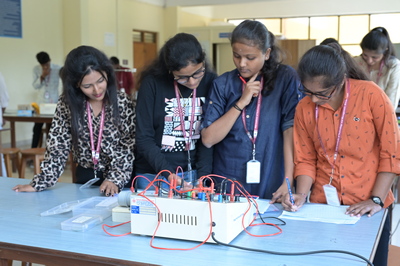
Research
- Nanomaterial synthesis for energy storage device.
- Aerosol Physics, Ultrafine particulate matter studies.
- Dr. Pramod Gopal Pai, Associate Professor, Department of Physics.
- Dr. Prasad N Bapat, Assistant Professor, Department of Physics.
Topic of Research: Development of nanostructured materials for energy storage applications.
Guide: Dr. Pramod Gopal Pai
Duration: 31.12 2021
| Date of start of RC | 11.05.2011 |
| No. of recognized Guides by VTU | 02 |
| NAME | Dr. Pramod Gopal Pai, Associate Professor & HOD Dr. Prasad N Bapat, Assistant Professor |
| No. of RS registered | 02 |
| Name/s of RS with their status and area of research: | Mr. Rohith V USN: 4PM20PPY01 Guide: Dr. Pramod Gopal Pai Status: Course work 3 out of 6 completed. Area of Research: "Development of Nanostructured Materials for Energy Storage Applications" |
Contact Us
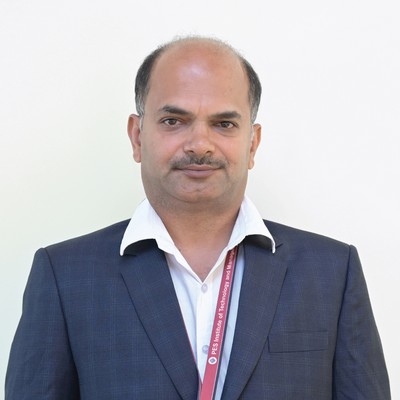
Dr. Pramod Gopal Pai
Associate Professor and Head of the Department
Physics
PES Institute of Technology and Management
NH 206, Sagar Road, Shivamogga � 577 204
Office: 9880180869
Email:
hodphy@pestrust.edu.in

